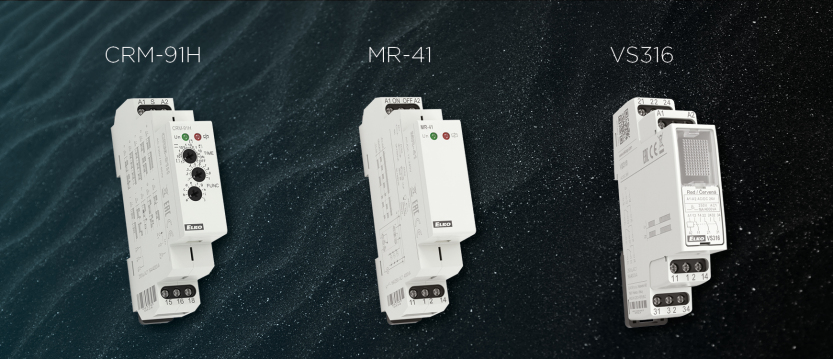Join to our online upcoming free webinars...

It could be said that there are no coincidences, but there are coincidences, and sometimes they have unwanted consequences, and of course, there are those that are 'good' coincidences. For instance, mistakes can have a fortunate outcome.
Have you ever accidentally pressed a button and activated a device or initiated a process by mistake leading to security or other problems? If so, the following information will be useful. If not, you might want to consider potential vulnerabilities in your apartment, workshop, etc. In this technical guide, we present some very easy-to-implement solutions.
For industrial equipment, one of the fundamental safety activation methods is the two-handed start-up, wherein two remote buttons, inaccessible with one hand, must be pressed simultaneously to initiate the machine. This process doesn't need any special skills or complex controls, the START signal is given by connecting two pushbuttons in series.
Another method employed involves pressing the pushbutton twice to toggle the pulse relay, effectively turning the machine on and off (refer to Figure 1).
It's important to note that this protection method doesn't replace the two-button start; one of its objectives is, for instance, to prevent the machine from entering the operational range during start-up.
When you press the button for the first time, nothing occurs until you release it. The "S" input of the CRM-91H time relay, in function "g," interprets this release as the start signal, initiating the delayed release timing while simultaneously energizing the output relay.
Additionally, a pushbutton is connected to terminal 15 of the relay changeover contact, this can only be linked to the ON/OFF input of the MR-41 pulse relay via terminal 18 during timing. To simplify the operation: upon releasing the first button, the second button (at the moment of pressing) is enabled to activate the pulse relay, thereby turning the machine on or off based on its previous state. Further security is ensured by the timing itself, requiring a second button press within this timeframe. Failure to do so prevents any change in the machine state. Therefore, if the initial keypress was accidental, no action is taken – let’s hope we don’t make the same mistake twice. For more critical equipment, an emergency stop is also necessary. This could be the power supply with an emergency button. This is not depicted in the drawing.
One drawback of the previous circuit in certain applications is that when the power is restored, the pulse relay reverts to its previous state before power loss.
To overcome this issue, using a simple auxiliary relay instead of the pulse relay in a self-sustaining configuration resolves the problem. An illustration of this approach is provided in Figure 3.
Comparing the two operations requires no elaborate explanation. Upon the initial button press (release), the energized relay permits the activation of the VS316/230 auxiliary relay upon the second button press, thereby activating the machine and transitioning to self-sustaining mode via contacts 21 to 24.
In this setup, the machine can be deactivated using a separate STOP pushbutton, effectively canceling the self-sustaining mode
Look out for more ideas.
We wish you nothing but happy coincidences.
Attention! The solutions presented in the articles are illustrated with conceptual circuit diagrams in which, despite repeated inspections or tests under workshop conditions, errors may occur. It is the installer's task and responsibility to check their suitability for a given task and to make any changes! The author and the company do not accept any liability for damages or other problems resulting from the use of the presented solutions. The colors of the wires in the drawings only help for easier transparency, they do not necessarily match the colors of the standard wiring!
| +420 800 100 671 | |
| support@elkoep.com |
| +420 573 514 221 | |
| sales@elkoep.com |